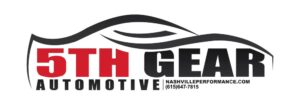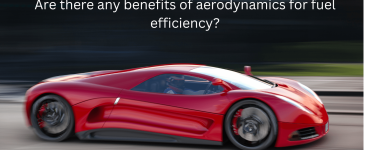The Surprising Benefits of Underbody Panels in Car Aerodynamics
Underbody panels, often the unsung heroes in the realm of automotive design, play a crucial role in enhancing car aerodynamics. Though not immediately visible, their impact on performance, protection, and efficiency is significant. Now we will find out what are underbody panels benefits!
| Key Takeaways | |
|---|---|
| 1. Enhanced Aerodynamics | Underbody panels significantly reduce aerodynamic drag, improving vehicle performance and fuel efficiency. |
| 2. Improved Vehicle Protection | These panels safeguard critical components like the engine and transmission from environmental damage. |
| 3. Noise Reduction | Underbody panels contribute to a quieter ride by minimizing engine noise. |
| 4. Specific Design for Different Vehicle Types | Tailored designs for passenger cars, SUVs, and vans to optimize airflow. |
| 5. Fuel Efficiency | By reducing drag, underbody panels contribute to better fuel economy. |
The Role of Underbody Panels in Car Aerodynamics
Aerodynamic Enhancement: Underbody panels are pivotal in managing airflow underneath the vehicle. By covering the underside, they reduce turbulence and prevent air from getting trapped, minimizing drag and improving fuel efficiency. This is particularly relevant for lower-riding passenger cars, where the active underbody panel directs airflow effectively.

Drag Reduction: Research shows that standard underbody paneling can reduce overall drag area by 0.7 to 1.5%, a substantial improvement for any vehicle. In a recent study focusing on a compact hatchback car, the introduction of underbody panels reduced the drag coefficient by 13%, highlighting the potential for significant aerodynamic improvements.
Protection and Noise Reduction: Beyond aerodynamics, these panels shield critical components like engines and transmissions from environmental hazards and road debris. They also contribute to noise reduction, enhancing the comfort of the driving experience.
Integration with Other Aerodynamic Features
While underbody panels are effective on their own, their performance is further enhanced when integrated with other aerodynamic features. For instance, combining them with rear spoilers, front splitters, side skirts, and vortex generators can lead to an even greater aerodynamic advantage.
Case Studies and Practical Examples
The Chevrolet Corvette C7 Z06 is a prime example of effective underbody panel use. By optimizing underbody airflow, this vehicle demonstrates the tangible benefits of such aerodynamic enhancements. Additionally, the active front wheel deflectors for SUVs and higher-riding vans illustrate the versatility of these solutions across different vehicle types.

Conclusion and Future Prospects
Underbody panels are a key component in the quest for improved aerodynamics in vehicles. As automotive technology advances, we can expect even more innovative uses and designs of underbody panels to further enhance performance and efficiency.
For a deeper dive into the world of car aerodynamics and how it affects performance, consider exploring the basics of car aerodynamics and the impact of aerodynamic enhancements on fuel efficiency.
Q and A:
| Question | Answer |
|---|---|
| What is the primary function of underbody panels in car aerodynamics? | Underbody panels manage airflow underneath the vehicle, reduce turbulence, prevent air trapping, minimize drag, and improve fuel efficiency. |
| How do underbody panels contribute to vehicle protection? | They shield critical vehicle components like engines and transmissions from environmental hazards and road debris. |
| In addition to aerodynamics, what other benefit do underbody panels provide? | Underbody panels contribute to noise reduction, leading to a quieter driving experience. |
| Can underbody panels be effectively combined with other aerodynamic features? | Yes, their performance is enhanced when integrated with rear spoilers, front splitters, side skirts, and vortex generators. |
| Are there any specific examples of vehicles that effectively use underbody panels? | The Chevrolet Corvette C7 Z06 is an example where underbody panels are used to optimize underbody airflow, demonstrating their benefits. |




